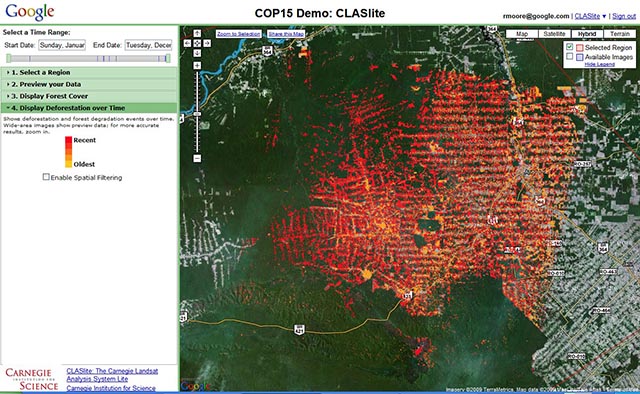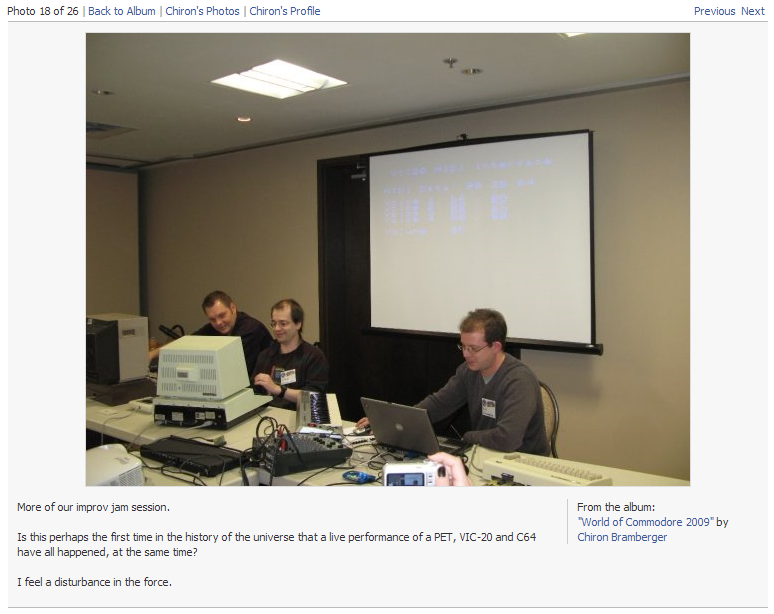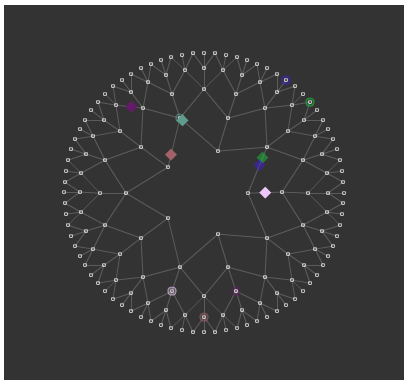R^2
Roughly a year ago, I made some noises on this blog about wanting to learn R. Not surprisingly, I didn’t do it.
A year later I’m a government scientist with some statistics to do, and I’m once again thinking of learning me some R. In the interim, I’ve received an email assuring me “you could get up and running with it within a day, I think. Master it in a week or two”. So I download the package — it’s free! — install it, and boot it up. I’m looking at a command line console labelled the “GUI” (ha ha), with the following help text:
“Type ‘demo()’ for some demos”
Demos! Perfect! Let’s see some concrete examples of how to do statistics in R-land! So I type demo() into the “GUI” prompt, and receive the following output:
Demos in package ‘base’:
is.things: Explore some properties of R objects and is.FOO() functions. Not for newbies!
recursion: Using recursion for adaptive integration
scoping: An illustration of lexical scoping.Demos in package ‘graphics’:
Hershey: Tables of the characters in the Hershey vector fonts
Japanese: Tables of the Japanese characters in the Hershey vector fonts
graphics: A show of some of R’s graphics capabilities
image: The image-like graphics builtins of R
persp: Extended persp() examples
plotmath: Examples of the use of mathematics annotationDemos in package ‘stats’:
glm.vr: Some glm() examples from V&R with several predictors
lm.glm: Some linear and generalized linear modelling examples from `An Introduction to Statistical Modelling’ by Annette Dobson
nlm: Nonlinear least-squares using nlm()
smooth: `Visualize’ steps in Tukey’s smoothersUse ‘demo(package = .packages(all.available = TRUE))’ to list the demos in all *available* packages.
Tables of the characters in the Hershey vector fonts? demo(package = .packages(all.available = TRUE))? Some of the ‘stats’ packages sounded like they might make sense, so I tried to run them, but I couldn’t figure out how. I love the idea of open source bare-knuckle computing. I wish I loved it in practice.




